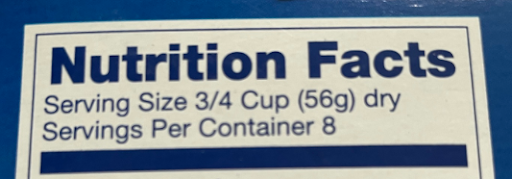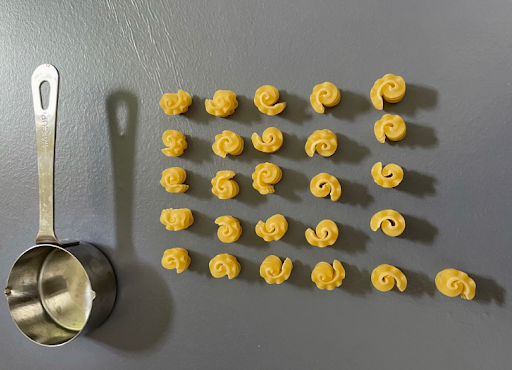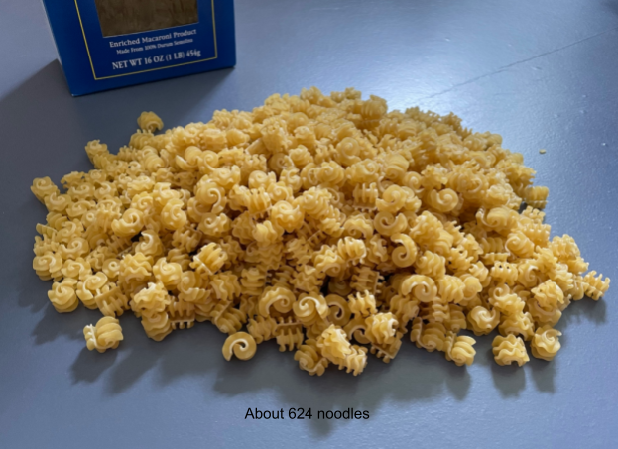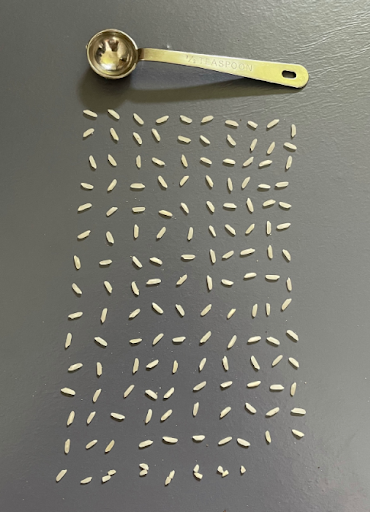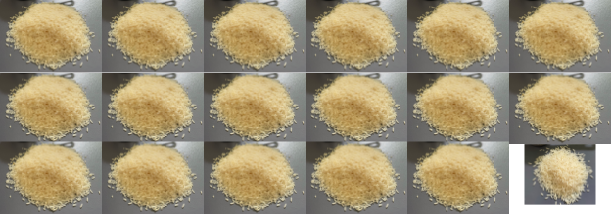This activity accompanies “How Much Is a Million? How Much Is a Billion?”
 Read “How Much is a Million? And a Billion?” here.
Read “How Much is a Million? And a Billion?” here.
Sarah Lonberg-Lew
During the pandemic, 1.25 million jobs were lost in New York City. Reading this got me thinking about how big a million is. To make sense of a million, I wondered, do I have one million of something in my home? I took this box of pasta out of the cupboard:
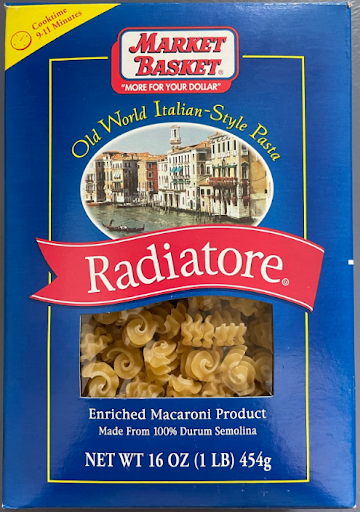 It looks like there are a lot of noodles inside. Is there one noodle for every job that was lost in New York City during the pandemic? I decided to investigate.
It looks like there are a lot of noodles inside. Is there one noodle for every job that was lost in New York City during the pandemic? I decided to investigate.
According to the information on the side of the box, one serving is ¾ of a cup of dry noodles and there are 8 servings in the box.
I decided to count the number of noodles in one serving. Here’s ¼ cup of noodles. It will take 3 scoops of this size to make one serving:
Here are all the noodles in the scoop laid out in an array:
Not every scoop will have exactly the same number of noodles, so I decided to measure out a full serving. Here are three scoops and the number of noodles I counted in each one:
It looks like there are about 78 noodles in one serving. Multiplying that by 8 (because there are 8 servings in the box) tells me that there are about 624 noodles in the box.
That’s a lot of noodles, but it’s not 1.25 million. To have one million noodles, I’d need 1,602 boxes! To have one noodle for every job lost in New York City (one and a quarter million), I’d need over 2,000 boxes of noodles!
| Try doing the math! How did Sarah arrive at the number 1602 boxes? Show your work and compare it with others in your class to see how they did it. |
Here’s what it would look like if I had one noodle for each of the 1.25 million jobs that were lost:
![]() That’s 2,003 boxes. If I ate one serving of pasta every night, it would take me 16,024 nights to eat those noodles. That’s almost 44 years! And each of those single noodles stands for one job that was lost. Thinking about the lost income is staggering.
That’s 2,003 boxes. If I ate one serving of pasta every night, it would take me 16,024 nights to eat those noodles. That’s almost 44 years! And each of those single noodles stands for one job that was lost. Thinking about the lost income is staggering.
I definitely don’t have 2,003 boxes of pasta in my kitchen. I looked for something smaller than noodles to try to get a sense of the size of 1.25 million. I found some rice. One grain of rice is a lot smaller than a noodle. Maybe I have one million grains of rice.
Here is ½ teaspoon of rice:
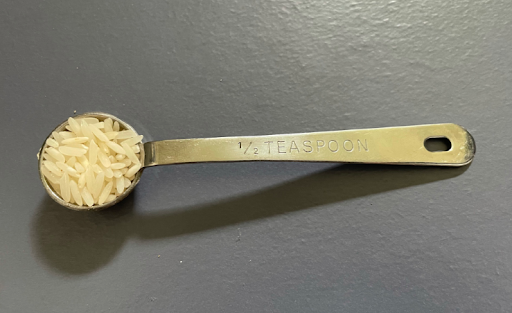 |
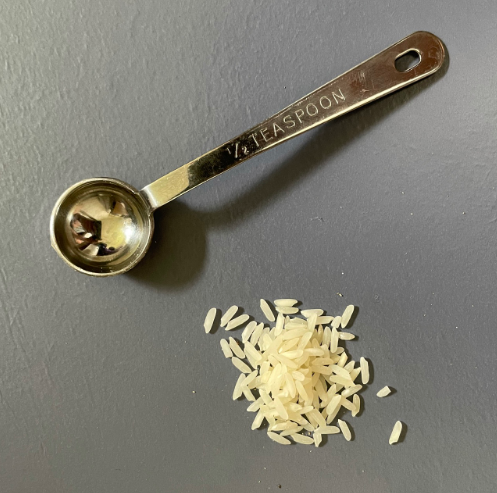 |
It’s a pretty small pile. How many grains of rice do you think there are?
Here are all the grains laid out in an array to make them easier to count (I counted two broken grains as one whole grain):
I counted 147½ grains of rice in a half-teaspoon.
If a half-teaspoon is about 150 grains of rice, then a whole teaspoon is about 300 grains.
There are 48 teaspoons in one cup, so that means that one cup of uncooked rice has about 14,400 grains of rice. Here is a picture of 14,400 grains of rice (approximately… I didn’t count them!).
| Try doing the math! How did Sarah arrive at the number 14,400 grains of rice? Show your work and compare it with others in your class to see how they did it. |
To get to one million grains of rice, I would need about 69 cups of rice. That’s a lot more than I have in my kitchen! Here’s a picture of 69 cups of rice:
That is one million grains of rice. (That much rice weighs about 28 pounds.) For perspective, a two-pound bag like you might buy at the supermarket contains 5 cups of rice which is 20 servings. (One serving is ¼ cup.) If a family of four ate rice every night, it would take them over two months to eat one million grains of rice. For a single person, it would take 276 nights to consume one million grains of rice (about 9 months).
The number of jobs lost in New York City during the pandemic was one and one quarter million, so to have one grain of rice for every job that was lost, I need to add another 17¼ cups (because 17¼ is one-quarter of 69, so I am adding one-quarter of one million grains).
That would take an additional 69 nights for a single person to consume or about an additional two weeks for a family of four. Looking at all that rice, I don’t think I’ll just let my eyes slide over a number like 1.25 million again. Each one of those jobs was a source of income for someone. Each one of those losses may mean a person is struggling to pay for what they need.

